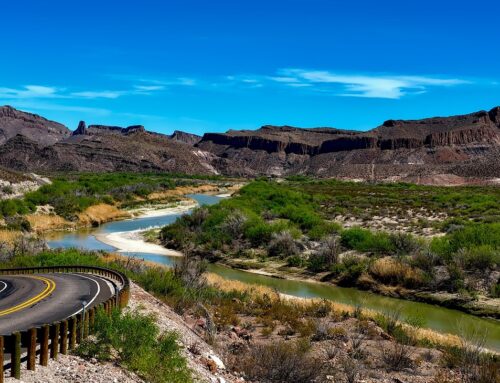Hurricane Ian has been wreaking havoc in Cuba and Florida, and it is far from the only major natural disaster of 2022. Unprecedented rains recently caused flash flooding in Pakistan, India, and Bangladesh, causing billions of dollars in damage. The increase in natural disasters is especially difficult for the US, with the highest number of natural disasters each year.
The 20 disasters of the previous year cost the country a loss of $145 billion, and there’s no telling how much it would cost to restore everything after the current hurricane subsides. Needless to say, commercial real estate in the region is also affected by the ongoing crisis.
Unfortunately, it seems like natural disasters are on the rise, and studying the impact of this change is the only way to prepare for the future.
Impact of Increase in Natural Disasters on Commercial Real Estate
We have previously covered the impact of natural disasters on commercial real estate. However, this time, we wanted to address the impact of the increase. Climate change has worsened these catastrophes, which, in turn, has affected the CRE industry.
Following are the lasting effects of the increase in natural disasters:
1. Increase in Insurance Cost
Most insurance providers include disaster coverage in their plans for properties. The problem is that their calculations have become obsolete, given the higher risk of property damage. The higher insurance increases the cost of acquisition and affects your portfolio returns.
2. Disrupted Supply Chain of Raw Materials
Natural disasters always disrupt supply chains, but the increase has worsened this problem. Subsequent disasters cause extensive delay because the second damages whatever repairs are made after the first.
This event also affects the availability of resources, especially since several are perishable and cannot sustain extended delays.
3. Delinquency Rates
According to Investopedia, the delinquency rate represents the percentage of loans in a financial institution’s loan portfolio that are at least 30 days overdue. Surprisingly, the delinquency rates have fallen in the wake of the increase in natural disasters instead of the opposite.
There are a few exceptions, but this development is positive and promising for the industry.
4. Demand for Safer Structures
The demand for safer structures has been on the rise in the US, but it has increased further in light of recent events. The Texas winter storm of 2021, Hurricane Ian, and several similar disasters have led citizens and regulators to emphasize the need for disaster-friendly architecture to minimize commercial real estate damage.
The plan is feasible in the long run but will lead to higher construction costs in the near future.
5. Rising Cost of Development
Lastly, the consistent damage and the need for sustainable infrastructure have increased the cost of development. The country needs affordable housing, but this achievement keeps moving out of reach, given the rising costs.
Wrapping Up
To conclude, the increase in natural disasters has led insurance, raw material, and similar costs to rise. The constant supply chain disruption delays projects, and there has been a surge in demand for disaster-friendly commercial real estate.
The best solution in such a situation is to work with an expert like CHRE because we can help you create a profitable portfolio. Please contact our team to learn about our services and schedule a meeting.






Leave A Comment